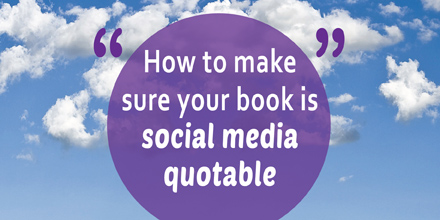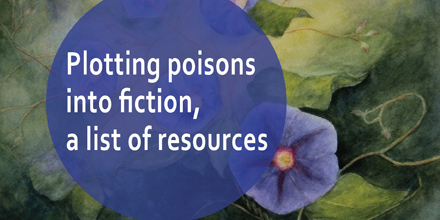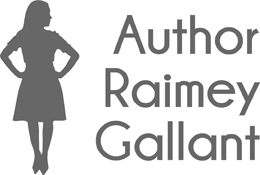The last two and a half years of my life have been a kind of painful hell. It took some doing, but I’m currently being worked up for a chronic Lyme diagnosis, and I’m finally getting treatment as a result, but my path out of pain is non-linear and uncertain. Now you have context for why I wrote this non-exhaustive list of writing advice that has a ring of ableism to it. Click the title above to continue reading.
Category: On Writing
Investigating writing advice given in absolutes #AuthorToolboxBlogHop
Once upon a time, I decided to write fiction. I consumed as many sources of craft advice (agent blogs, how-to-write books, author Twitter threads, etc.) as I could find. That advice often came in absolutes, as in, always write a certain genre in a certain tense, never start a story with a character waking up, and definitely don’t ever use -ly adverbs. Click the title above to continue reading.
How to fill motivation holes in your fiction #AuthorToolboxBlogHop
I have a hard time reconciling actions when characters don’t know why they’re doing them. One or two instances of this in a story isn’t so bad, but more than that, and I start considering whether I should DNR the book. Click the title above to continue reading.
I’ve got your list of responsible style guides #AuthorToolboxBlogHop (updated 11May2021)
Writers write words to express, entertain, inspire, escape, empathize, honor, inform, persuade, profit, debate, overcome trauma, and more. But when we write words for readers, whatever our purposes or intentions, the effect is influence. We have the power to influence those who read our words, and with great power comes you know what. Click the title above to continue reading.
8 ways to invigorate silent beats in dialogue #AuthorToolboxBlogHop
As in real life, our characters sometimes need to pause and reflect on something before responding. This silent beat is often indicated with an ellipsis or the word finally, as in, “Yes,” she said finally. Nothing wrong with marking a beat this way, but here are some alternatives you can use to invigorate some of the beats in your dialogue.
How to de-emphasize characters #AuthorToolboxBlogHop
Below is a list of ways you can de-emphasize or delete some of the smaller characters in your manuscript. Click the title above to continue reading.
How to people scenes like R. O. Kwon #AuthorToolboxBlogHop
A couple of years ago, my critique partner, with respect to the first chapter of one of my books, asked me why I had only described my setting according to its non-human characteristics. The scene was outside a palliative care facility during the day, so wouldn’t folks be visiting relatives? Click the title above to continue reading.
How to write abstractions as metaphorical physicality #AuthorToolboxBlogHop
While reading The Trouble with Goats and Sheep, I noticed that the author Joanna Cannon is a bit of a genius when it comes to lending physical traits to abstract concepts. To recap, metaphors are comparisons between two things, whether abstract or concrete, that share at least one commonality, whether abstract or concrete. Click the title above to continue reading.
How to make sure your book is social media quotable #AuthorToolboxBlogHop
From a marketing standpoint, we authors want to see our books mentioned and photographed by as many readers as possible, as many times as possible, across social media and the blogosphere. I, personally, am more likely to post about a book more often, if that book has one or more quotable passages. And by quotable passages, I mean passages that…Click the title above to continue reading.
Plotting poisons into fiction, a list of resources #AuthorToolboxBlogHop
I had the privilege recently of attending a Crime Writers of Canada webinar called Plots, Plants and Poisons led by Elaine Freedman. I enjoyed the webinar so much, I asked Elaine if she would share her resource list on the literary applications of poisons with my readers. She agreed (yea!) and her annotated list of books and websites follows. I’d like to stress that I’m posting this solely as a resource for writers who are or would like to write about poisons. Click the title above to continue reading.










